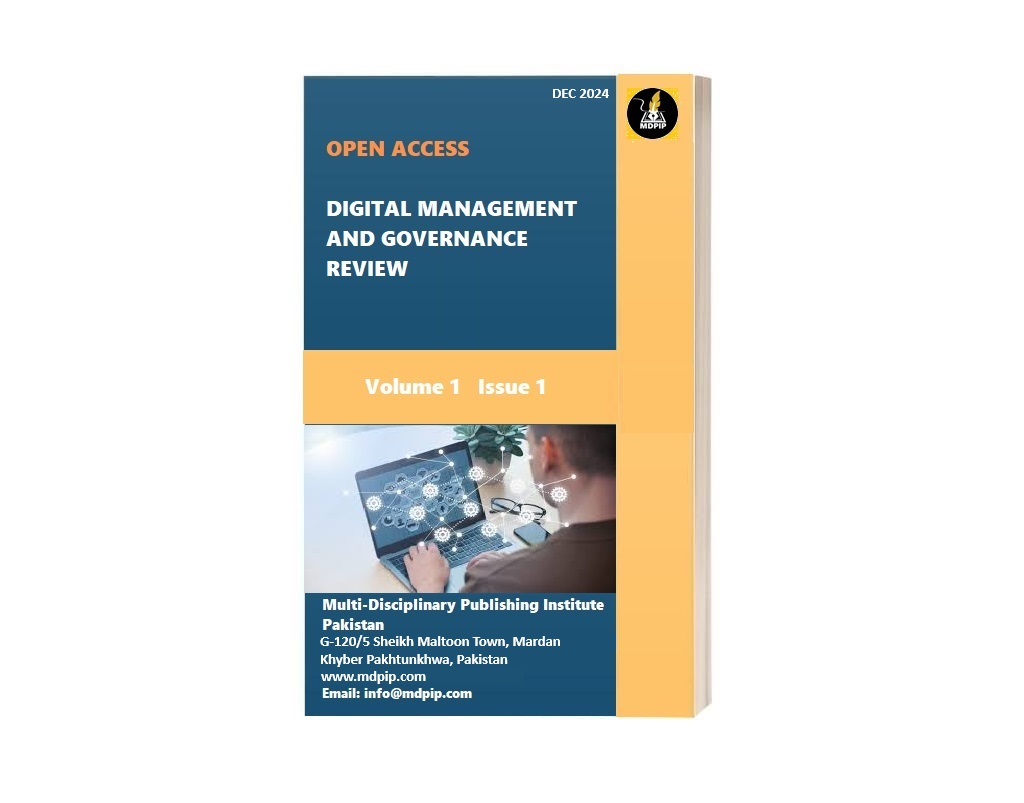The Impact Assessment of Healthcare Policies and Regulations in the Quality of Health Management
Keywords:
Impact Assessment, Healthcare Policies, Healthcare Regulations, Quality of Health Management, Use of TechnologyAbstract
Quality is the significant factor that matters in healthcare. When it comes to managing healthcare, quality comes first, to achieve the highest targets it is significant to build a strong regulation. In the kingdom of Saudi Arabia, Ministry of health developed healthcare laws that should be followed by all parties. Some of these regulations are ensuring the provision and regulation of comprehensive, ensure the provision of primary healthcare services, set instructions and requirements to prevent the entry and spread of, regulate and control the handling of medicines and drugs, etc. This research employed a cross-sectional study design. A systematic review of peer-reviewed studies was done from two databases (Google scholar, PubMed), supplemented it by the documentation review in the original sites for (WHO and the ministry of Health in KSA. Data was collected from patients visiting private hospital located in the Qassim region. A non-probability convenience was used to get the opinion of the sample respondents. A structured questionnaire on 5-point Likert scale was administered by the researcher. The variables were found moderately correlated. The study was conducted by analysing the single cross-sectional data and the study suggest the use of longitudinal data in the future studies related on this topic. Result for impact analysis could be seen in the Table 5 that shows R2 .776 which means 77.6% variance explained by P&R and HCM upon the HQM. Likewise, model for Goodness of Fit F= 540/773, p-value,0.01 found fit. One unit change in P&R could bring 76.7% change in the HQM, similarly, 1% increase in HCM could enhance 22.7% of the healthcare quality. The study has employed nonprobability and convenience sample which cause issue related the generalization of the findings. Therefore, these findings led us to suggest the application of probability sample in the future studies.






